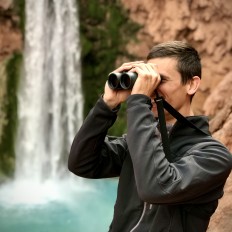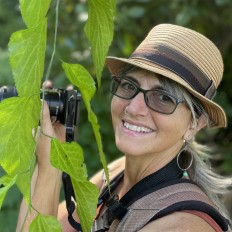Locals enjoy this spot primarily for waterfowl and as a migrant trap. The best time for waterfowl is from late-fall through early-spring and a scope is a must if you want to identify all the birds on the water (though many may still be observed and safely identified solely with binoculars). This is a popular spot for joggers and dog-walkers so getting an early start is always helpful to get the most out of your visit.
While visiting, please stay avoid "social" trails and stick to the main paths to avoid further degrading this site. For those seeking more information about referenced area names on UBNA eBird checklists, check this map.
Locals enjoy this spot primarily for waterfowl and as a migrant trap. The best time for waterfowl is from late-fall through early-spring and a scope is a must if you want to identify all the birds on the water (though many may still be observed and safely identified solely with binoculars). This is a popular spot for joggers and dog-walkers so getting an early start is always helpful to get the most out of your visit.
For While visiting, please stay avoid "social" trails and stick to the main paths to avoid further degrading this site. For those seeking more information about referenced area names on UBNA eBird checklists, check this map.
Locals enjoy this spot primarily for waterfowl and as a migrant trap. The best time for waterfowl is from late-fall through early-spring and a scope is a must if you want to identify all the birds on the water (though many may still be observed and safely identified solely with binoculars). This is a popular spot for joggers and dog-walkers so getting an early start is always helpful to get the most out of your visit.
For those seeking particular species with referenced more information about referenced area names on UBNA eBird checklists within UBNA, checklists, check this map.
Locals enjoy this spot primarily for waterfowl and as a migrant trap. The best time for waterfowl is from late-fall through early-spring and a scope is a must if you want to identify all the birds on the water (though many may still be observed and safely identified solely with binoculars). This is a popular spot for joggers and dog-walkers so getting an early start is always helpful to get the most out of your visit.
For those seeking particular species with referenced area names on eBird checklists within UBNA, check this map.
Locals enjoy this spot primarily for waterfowl and as a migrant trap. The best time for waterfowl is from late-fall through early-spring and a scope is a must if you want to identify all the birds on the water (though many may still be observed and safely identified solely with binoculars). This is a popular spot for joggers and dog-walkers so getting an early start is always helpful to get the most out of your visit.



